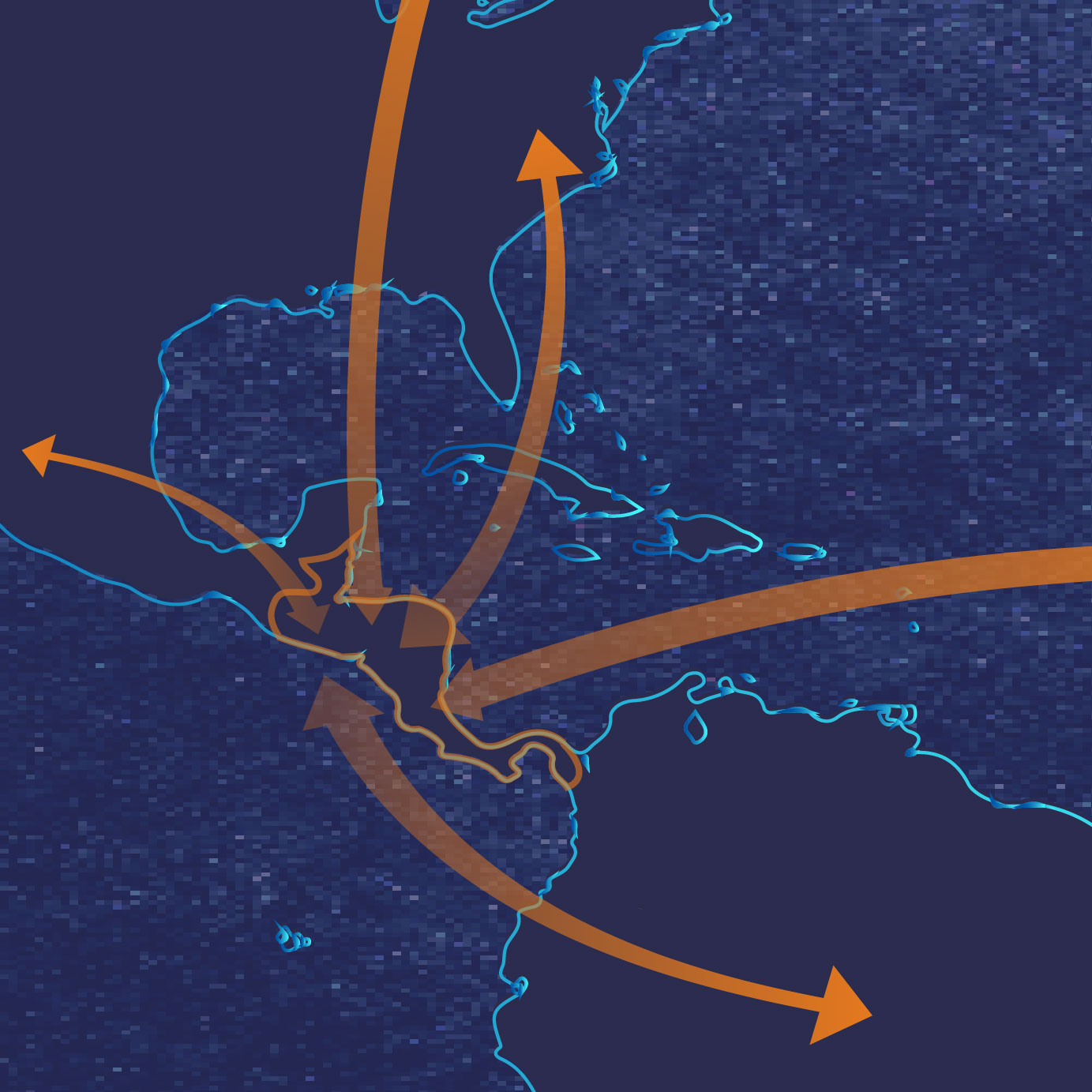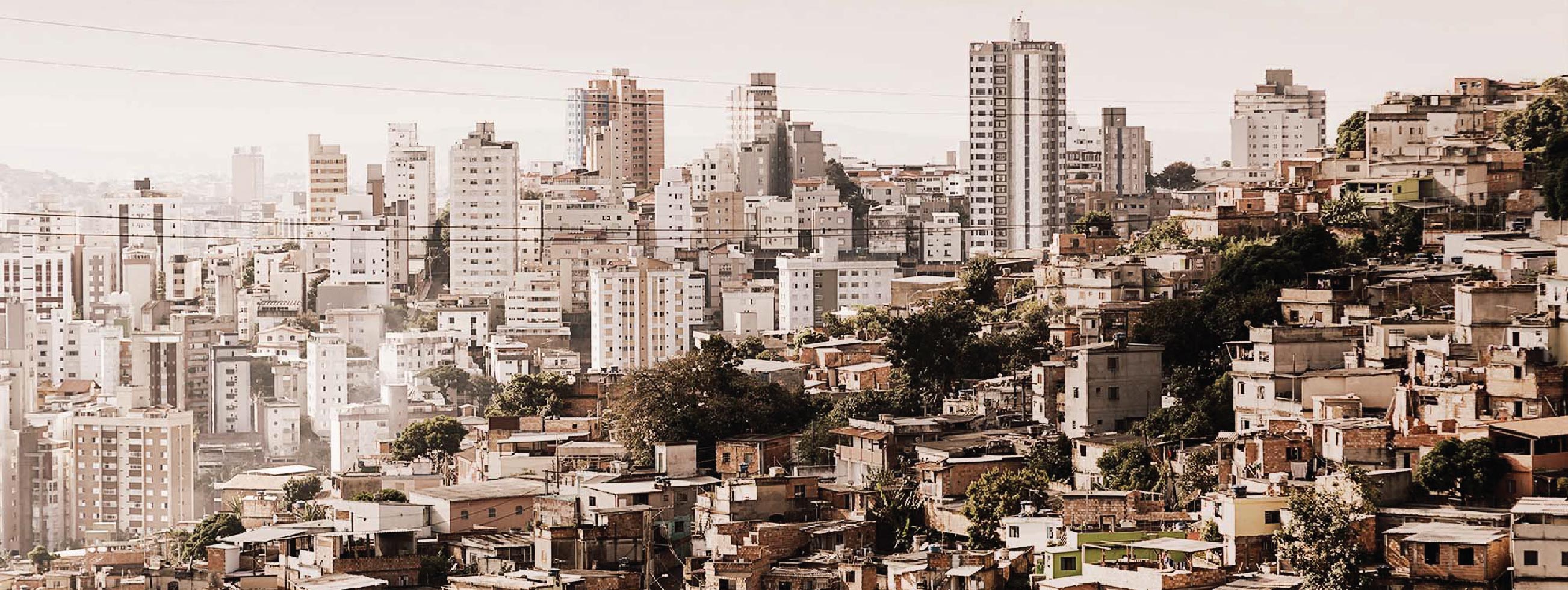Americas

Regional Coordinator: Claudia Masferrer (El Colegio de México)
Regional members: Marcel Arevalo (Facultad Latinoamericana de Ciencias Sociales – Guatemala); Patricia Martin (Université de Montréal); Beatriz Zepeda (El Colegio de México)
Geographic focus: migration flows from the northern countries of Central America (Guatemala, Honduras and El Salvador) to Mexico and further north to the USA and Canada
Overview
Migration to and from the Americas has changed over time and become more complex, largely due to the fact that all types of migration flows increasingly coexist. Located in a key position, Mexico is the only North American and Latin American country bordering the United States, a historical immigrant destination.
Since the 2008 Great Recession, a decline on emigration to the United States has been coupled with increasing return migration to Mexico and the immigration of their U.S.-born children and family members. The foreign-born population in Mexico (1.16 million, less than one percent of the total 126 million population) is small compared to other countries and around half a million are U.S.-born children. However, migrant flows arriving to Mexico have not only increased, but diversified. Historical flows migrating north from Central America (mainly Guatemala, El Salvador, and Honduras) through Mexico, have been increasingly joined by flows from Cuba, Haiti, Venezuela, Colombia, and from out of the Americas. Increasing arrivals of migrants from Venezuela and Haiti – as well as their children born in Chile or Brazil – do not necessarily reflect recent emigration from these countries, since many of these migrants have travelled through the region leaving countries where they failed to integrate.
Recent transit migration has been characterized by the increasing enforcement – in the United States, Mexico and Guatemala – of barriers for requesting asylum. This translated to prolonged waiting times and uncertainty for migrants, and often caused them to change plans by applying for international protection or settling. Moreover, since 2007 when the Mexican government implemented the “War on drugs”, violence increased dramatically throughout the country. This caused an increase of the forced internally displaced and an increase of Mexicans seeking asylum abroad. Unfortunately, forced migration from the Americas due to political unrest and violence has a longstanding presence and explains a large share of the recent flows that have migrated north in the last decade to Mexico, the United States, or Canada, and south to other Latin American countries.

Research focus
Internal Migration |
Mexico: (2 locations) |
| Intra-regional Migration | From Guatemala, Honduras, or El Salvador to Mexico and/or the US (2 locations); From Mexico to the US (CA) (1 location) |
Inter-continental Migration |
From Mexico & Central America to Canada (ON) (1 location, 3 migrant communities: Mexicans, Guatemalans, Salvadorans) |
| Return Migration | Canada & US to Mexico & Guatemala (2 locations, 2 migrant communities) |
| Research Tools | Surveys/sets of interviews; thought experiments |
| New Data | Targetting 2400 survey responses, 600 migrant & 20 expert interviews |